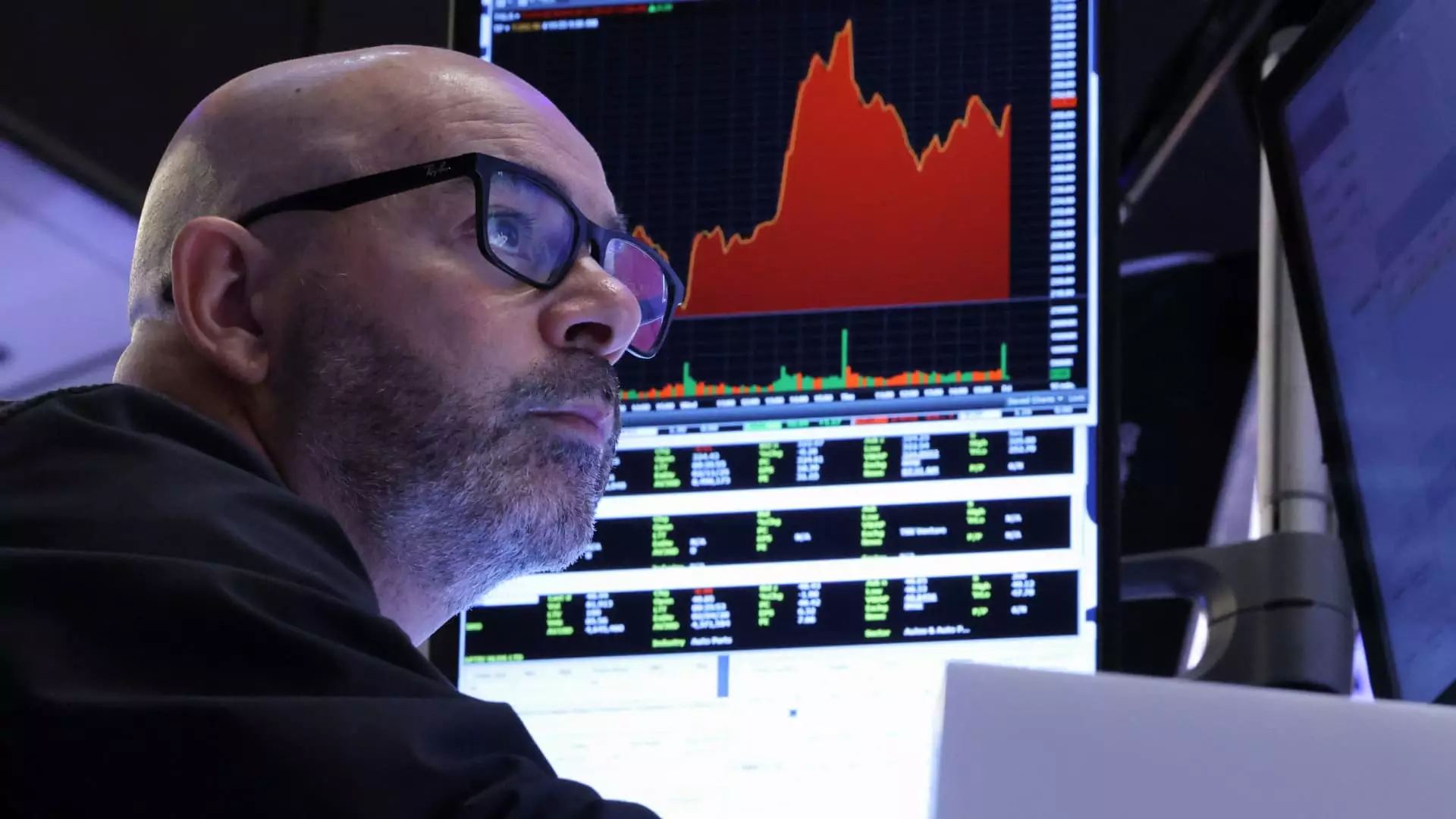The financial landscape has undergone drastic transformations in recent years, with investors navigating an increasingly volatile terrain. One of the most troubling developments has been the rise of zero-day-to-expiration (0DTE) options, contracts that expire on the very day they are traded. This financial instrument is not just a fad; it reflects a significant shift in how both retail and institutional investors engage with the market. Since the so-called “liberation day,” when daily market fluctuations became more unpredictable, the role of 0DTEs has come under scrutiny, and rightly so.
A Surge in Popularity
The trading landscape has witnessed a meteoric rise in 0DTE options, with a staggering 8.5 million contracts tied to the S&P 500 traded in April alone—an increase of 23% just since the beginning of the year. This figure doesn’t just look impressive on paper; it is a harbinger of significant changes in market dynamics. Accounts from JPMorgan reveal that 0DTEs now account for roughly 7% of total U.S. options volume. The allure of striking it rich on rapid trades has drawn both seasoned investors and newcomers. However, one must question whether convenience in trading should come at the cost of market integrity.
The Double-Edged Sword of Volatility
Proponents of 0DTE options laud their versatility as tools for quick profit or risk hedging. Yet the sheer volume of these instruments can accentuate market volatility, creating a feedback loop that can lead to irrational price swings. Jeff Kilburg, a prominent voice in financial consultancy, aptly likens this phenomenon to “gasoline on a fire.” Such dramatic shifts are troubling; they compound fears and further unsettle investors as they witness erratic price movements, reminiscent of the tumultuous days during the 2008 financial crisis.
The past few weeks have been tumultuous for the S&P 500, with intraday volatility soaring to unprecedented levels, leaving many to wonder whether the market is on the precipice of another downfall. The increases in volatility are not purely coincidental. They rise hand-in-hand with the expansion of 0DTE options, pushing many to question the sustainability and ethics of this trading practice.
Unpacking Investor Behavior
So why do we see such a rush toward these options? The interests at play are multifaceted. For many retail investors, online platforms like Robinhood offer an enticing gateway into the world of options trading. The barrier for entry has crumbled, allowing even the least-experienced traders to dabble in complex financial transactions, often without fully understanding the implications. Simply put, democratising trading can foster excitement but also leads to recklessness.
In an environment marked by intense market swings, the desire to hedge against risk grows exponentially. Many investors are seeking insurance—an option that will protect their portfolios from unexpected downturns. Ironically, in their quest for safety, they may be exacerbating the very market instability they are trying to shield themselves from.
Institutional versus Retail Dynamics
For decades, options trading has largely remained an institutional domain populated by seasoned traders attracting a certain level of sophistication. As retail investors gain access to these tools, the landscape is changing remarkably. In turn, this has sparked a discussion about responsibility and accountability. As more individuals engage in 0DTE trading, are they fully aware of not only the risks but also the broader impact their actions may have on the market?
As both sides of the trading aisle continue to engage with 0DTE options, the disparity in experience and understanding cannot be overstated. Institutional investors often employ advanced algorithms and risk management strategies, while retail investors, lured by potential quick gains, may act on impulse more than informed strategy.
The growing significance of 0DTE options is emblematic of a broader crisis in financial propriety. It reflects a precarious intersection between rapid innovation in trading technology and the basic human tendencies of fear and greed. Investors must tread carefully in these waters, for the promise of quick profits may mask the undercurrents of a market that could just as easily drown them as they ride the wave of excitement. The financial system is evolving, but at what cost?

